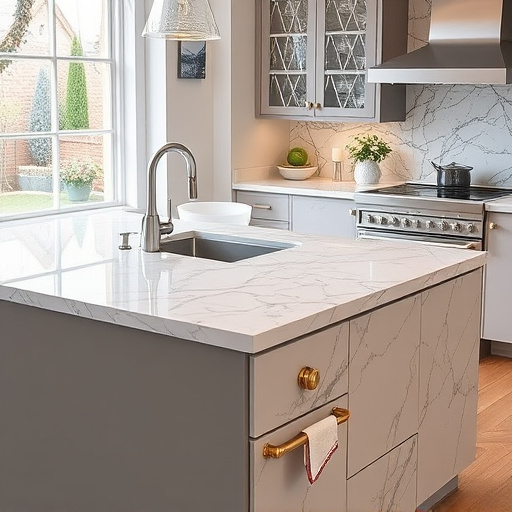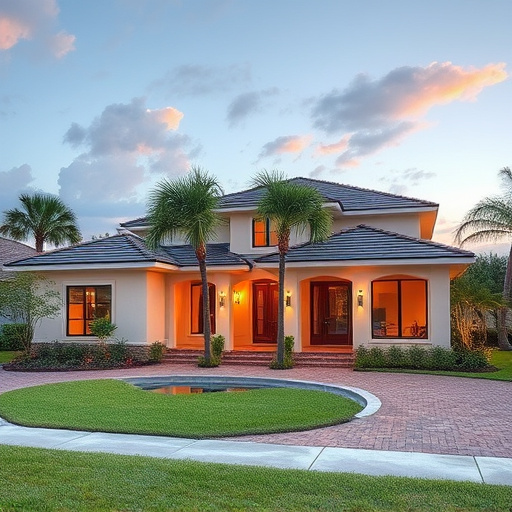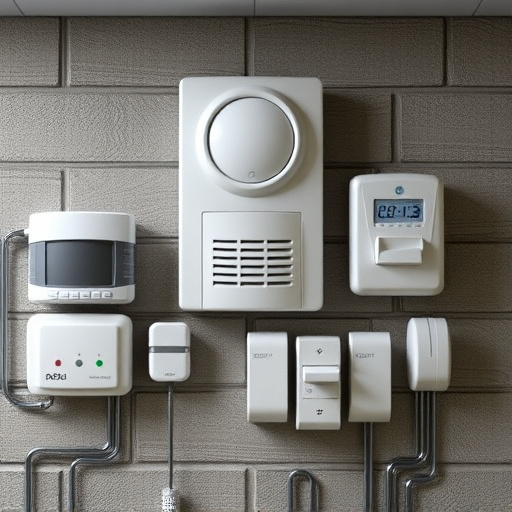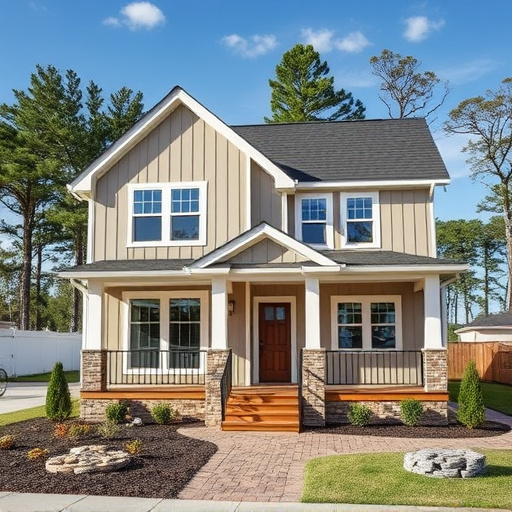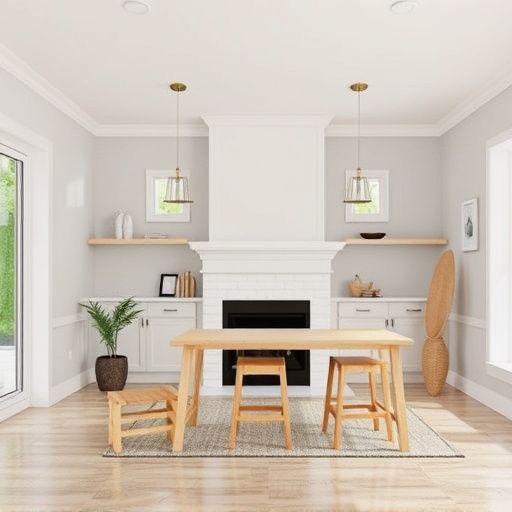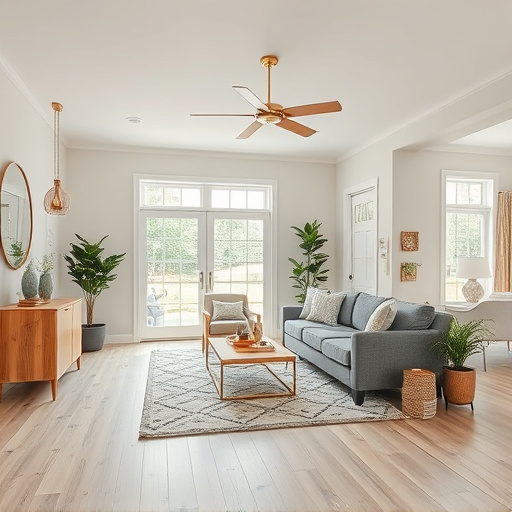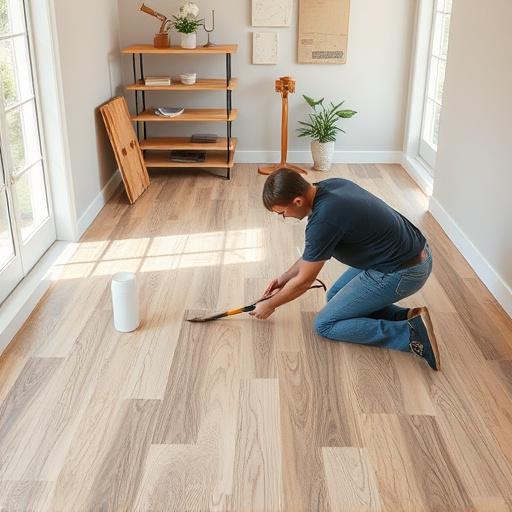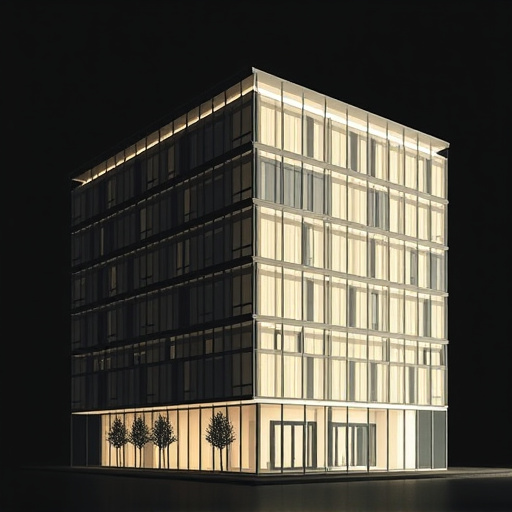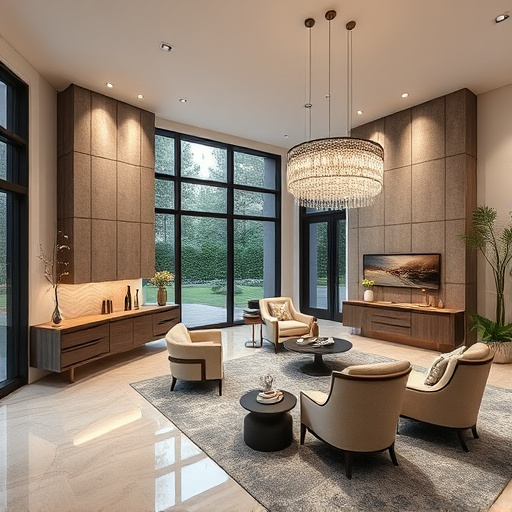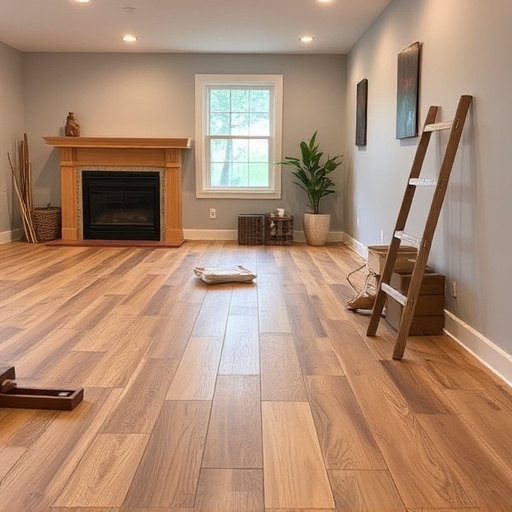Before planning a home addition, assess specific needs (e.g., more kitchen space or a home office) and research options like attic conversions, basement finishing, or new wings. Evaluate floor arrangements to integrate added spaces with existing layouts, enhancing counter space, storage, and natural light. Assess kitchen layout and functionality for practical design choices that align with daily routines and aesthetic preferences. Explore various renovation styles and budgets, focusing on customized designs tailored to personal needs, integrated seamlessly by home addition experts.
Consider expanding your kitchen to create a more functional, versatile, and enjoyable space. This comprehensive guide explores how a well-planned home addition can transform your culinary experience. From understanding your needs—assessing layout, budget, and style preferences—to designing with trendy elements and maximizing natural light, we cover it all. Learn about different types of additions, from sunrooms to extensions, and the benefits, including increased property value. Dive into this step-by-step process to extend your kitchen and enhance your home.
- Understanding Your Needs and Options for a Home Addition
- – Assessing current kitchen layout and functionality
- – Exploring different types of home additions (e.g., sunrooms, atriums, extensions)
Understanding Your Needs and Options for a Home Addition
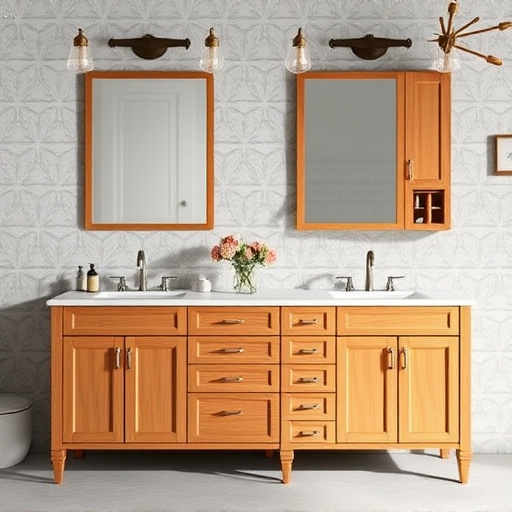
Before diving into a home addition, understanding your specific needs and exploring various options is essential. This process begins with evaluating how much space you require for your daily routines and entertaining guests. Do you need an expanded kitchen to accommodate larger gatherings or a dedicated room for home office work? Clarifying these requirements will guide the design and size of your addition.
Additionally, familiarizing yourself with different types of home additions—such as attics conversions, basement finishing, or building an entirely new wing—is crucial. Each option offers unique advantages and challenges, from cost and timeline considerations to architectural feasibility. For instance, kitchen renovations through a home addition can significantly enhance your living space, providing more counter area, storage solutions, and potentially opening up the room to natural light. Equally important, exploring floor replacements or rearrangements during these projects ensures that your newly added space aligns seamlessly with the rest of your home.
– Assessing current kitchen layout and functionality
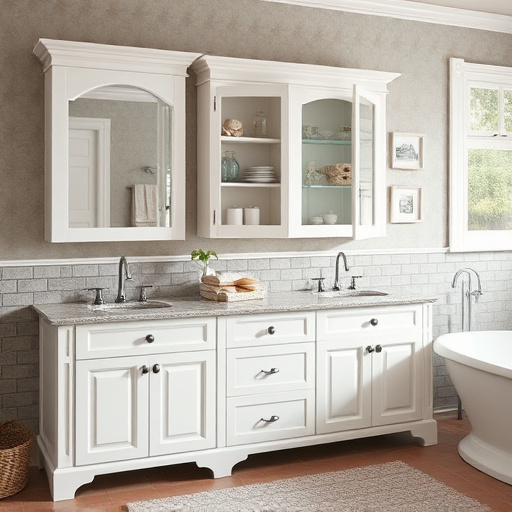
Before considering a home addition to extend your kitchen, it’s crucial to assess the current layout and functionality. Take a close look at how you use your space now – do you have enough counter space for meal preparation? Is there adequate storage for your cookware and pantry items? How does the flow of traffic work when hosting gatherings or family meals? Answering these questions will help guide the design of your home addition, ensuring it enhances, not disrupts, your daily routine.
This assessment also involves evaluating your kitchen’s connection to other living spaces. Is it easily accessible from dining areas or family rooms? Consider how you want your kitchen to integrate with the rest of your home – perhaps a more open concept is desired, or maybe you need to carve out a dedicated space for meal preparation separate from gathering areas. Customized work in your home addition can create a kitchen that perfectly aligns with both your practical needs and aesthetic preferences. Ultimately, this initial assessment will be a solid foundation for partnering with reputable home improvement services to bring your expanded kitchen vision to life.
– Exploring different types of home additions (e.g., sunrooms, atriums, extensions)
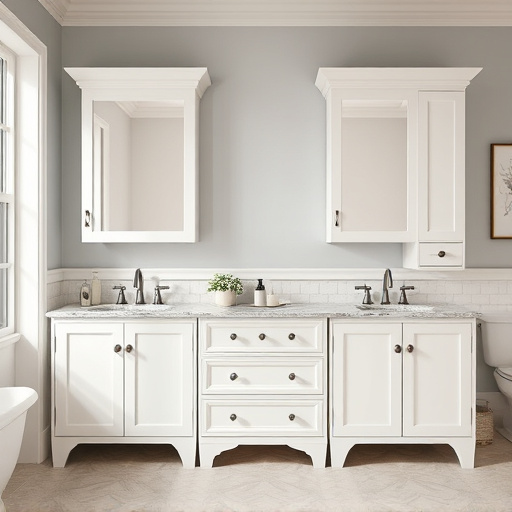
When considering a home addition to extend your kitchen space, the options are vast and can be tailored to suit any style or budget. Popular choices include sunrooms, which offer a bright, enclosed area perfect for dining or relaxation, and atriums, providing an open-air feel with a glass roof, ideal for indoor-outdoor living. Extensions are another versatile option, allowing you to create additional rooms for cooking, eating, or even a home office.
These additions can significantly enhance your kitchen’s functionality and appeal, especially in today’s modern homes where open-plan layouts are prevalent. Whether it’s a simple renovation or a complete transformation, personalized design is key. Customized work allows you to incorporate specific features that cater to your needs, such as built-in storage, custom cabinetry, or a focal point like a fireplace for cozy gatherings. Home remodeling experts can guide you through the process, ensuring your new addition seamlessly blends with your existing space and creates a welcoming atmosphere for years to come.
Expanding your kitchen through a well-planned home addition can dramatically enhance your living space and daily routines. By carefully assessing your current layout and exploring various addition types, you can create a functional and stylish extension that caters to your culinary needs and family dynamics. A home addition is not just an upgrade; it’s an investment in your lifestyle, offering more space to gather, cook, and create lasting memories.


